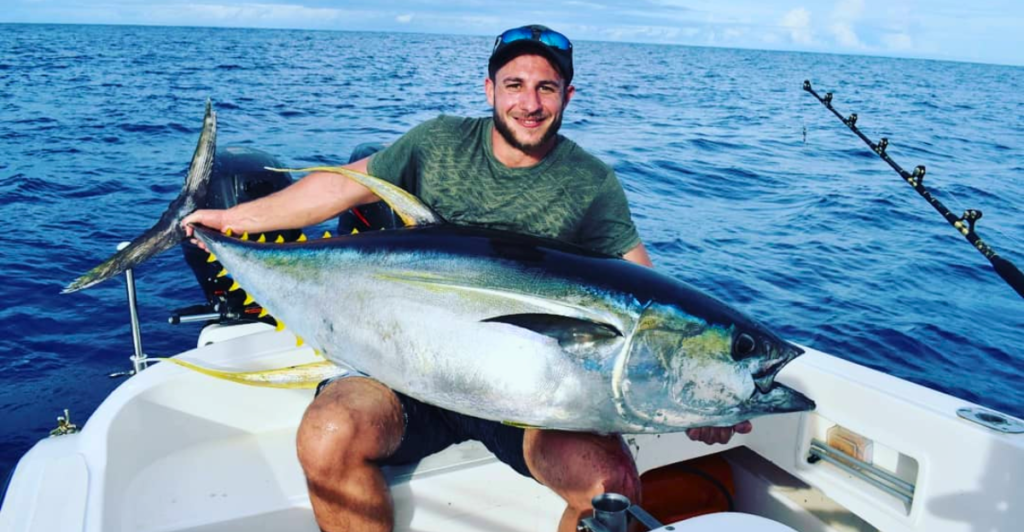
In January 2025, U.S. Congresswoman Amata Radewagen, representing American Samoa, called the Trump administration to reopen most Pacific Islands Heritage Marine National Monument (PIH) to commercial tuna fishing.
Established in 2009, PIH encompasses approximately 1.27 million square kilometers (490,000 square miles) across five separate areas surrounding seven U.S.-controlled islands and atolls. All commercial resource extraction, including fishing, is prohibited within this expanse. Radewagen’s appeal aims to revitalize the tuna fishing industry, a vital component of American Samoa’s economy and cultural heritage.
Economic Significance of Tuna Fishing in American Samoa
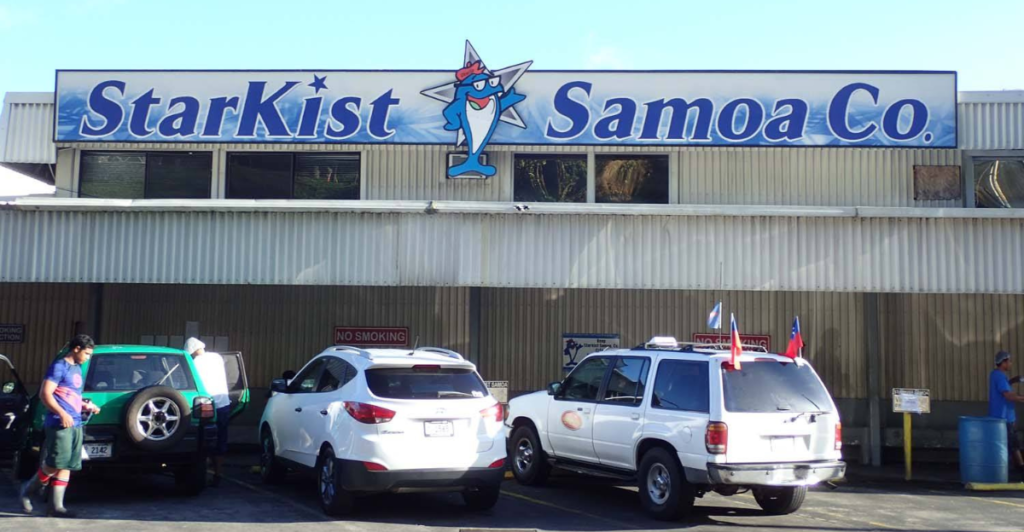
Tuna fishing is integral to American Samoa’s economy, employing approximately 5,000 individuals in a territory with a population of about 49,000. The industry supports the StarKist cannery, one of the island’s primary employers.
However, proposed expansions of marine sanctuaries threaten this livelihood, with concerns that such measures could lead to significant economic downturns. Radewagen has warned that if the fishing industry declines, the federal government must share the financial burden of reduced tuna fishing opportunities.
Environmental Considerations and Marine Protected Areas
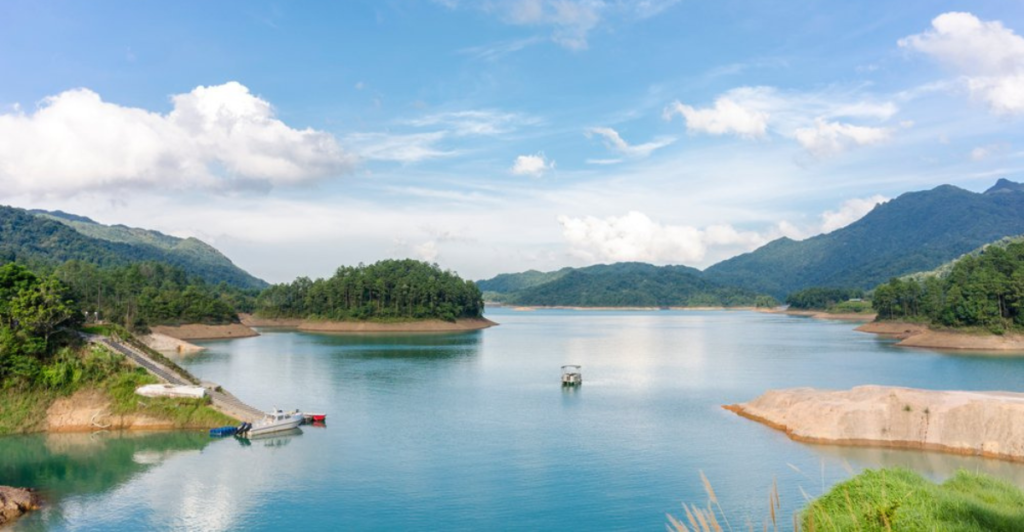
Marine Protected Areas (MPAs) are designated to preserve marine ecosystems by restricting human activities, including fishing. Proponents argue that MPAs safeguard biodiversity and support sustainable fish populations.
However, studies suggest that some MPAs may not significantly impact tuna populations. For instance, research on Kiribati’s Phoenix Islands Protected Area, established in 2015, found no substantial increase in skipjack and bigeye tuna populations, raising questions about the effectiveness of MPAs in conserving these species.
Potential Impact on Tuna Populations
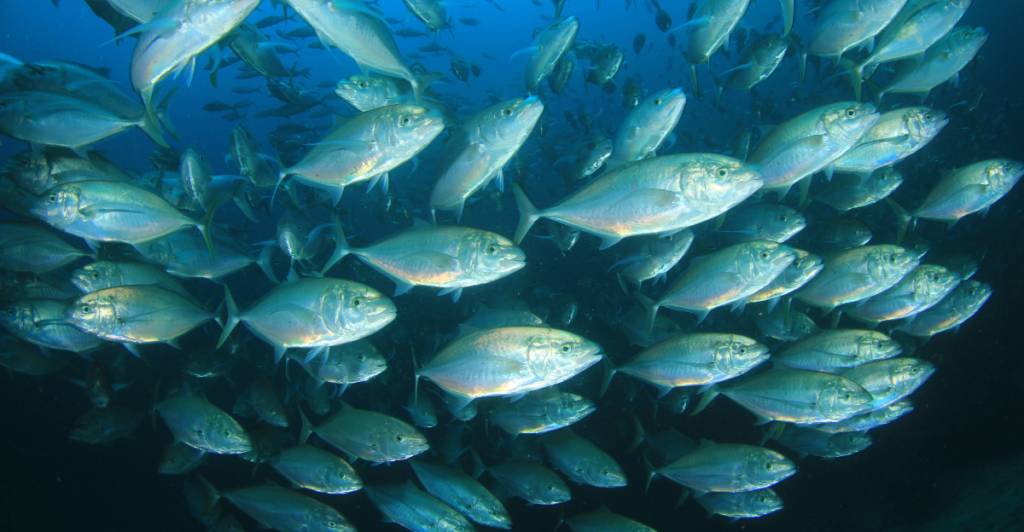
Opening protected waters to tuna fishing could have mixed effects on tuna populations. On one hand, it may alleviate fishing pressure in other regions, allowing stocks to recover. On the other hand, increased fishing in these areas could lead to overfishing if not correctly managed.
Therefore, careful assessment and implementation of sustainable fishing practices are essential to balance economic interests with the health of tuna populations.
Legal and Regulatory Framework
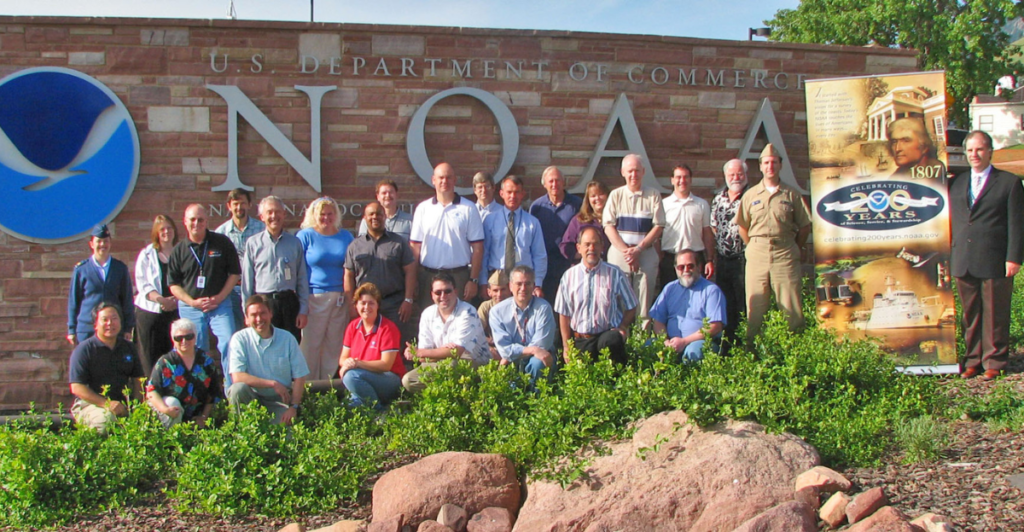
Tuna fisheries management involves a complex legal and regulatory framework, including international agreements and national laws. The U.S. government, through agencies like NOAA Fisheries, sets regulations to ensure sustainable tuna fishing practices.
However, the effectiveness of these regulations in achieving conservation goals is a subject of ongoing debate, especially concerning the establishment and management of MPAs.
Cultural Importance of Tuna Fishing
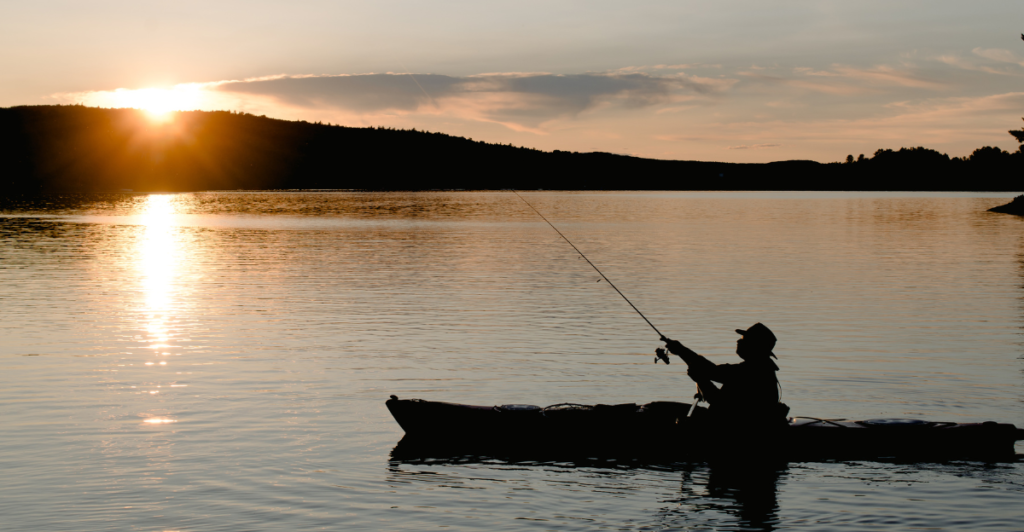
Beyond its economic value, tuna fishing is culturally significant for Pacific island communities. Traditional fishing practices are integral to these communities’ cultural identity and heritage.
The potential loss of access to traditional fishing grounds due to MPA expansions raises concerns about cultural preservation and community well-being. Balancing conservation efforts with respect for cultural traditions is a delicate undertaking.
Scientific Perspectives on MPAs and Tuna Conservation
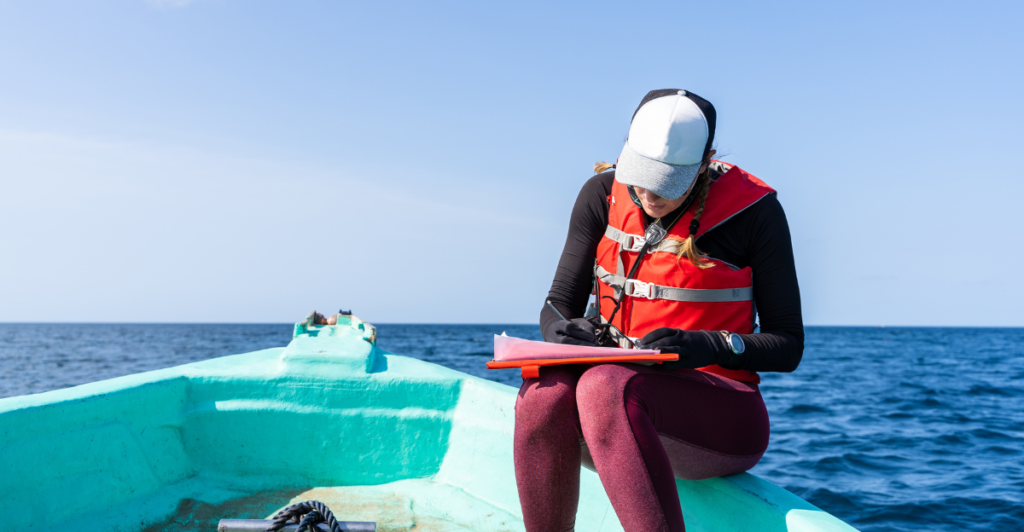
Marine scientists continue to study the effectiveness of MPAs in conserving tuna populations. Some argue that MPAs provide essential refuges for tuna to spawn and grow, potentially enhancing populations.
However, others suggest that MPAs alone may not suffice, given the migratory nature of tuna and the need for broader oceanic conservation strategies. Ongoing research is crucial to inform policy decisions and management practices.
Perspectives from the Fishing Industry
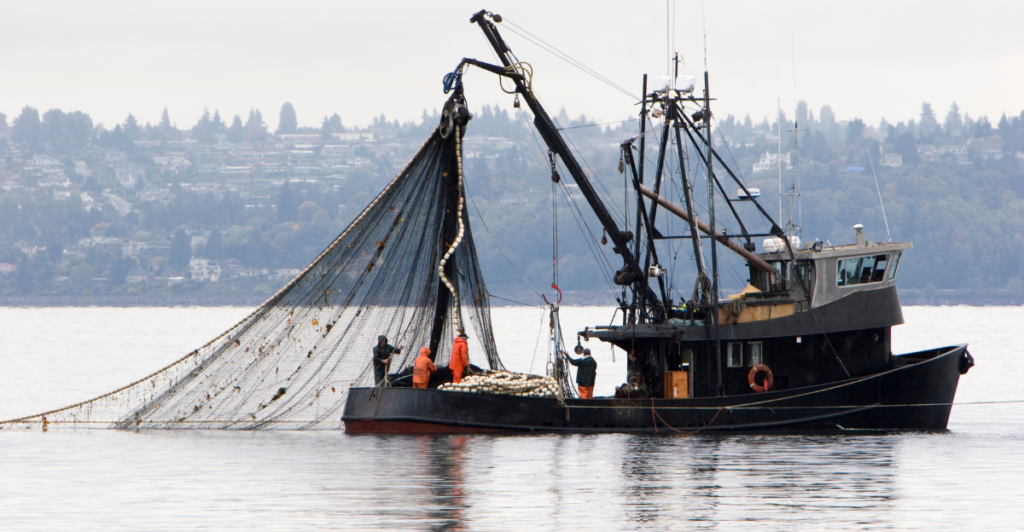
The fishing industry expresses concern that expanding MPAs and restricting fishing access could lead to economic hardships and job losses. Industry representatives argue that sustainable fishing practices should be the focus rather than blanket protections.
They advocate for science-based management approaches considering both environmental sustainability and economic viability.
Potential Compromise Solutions
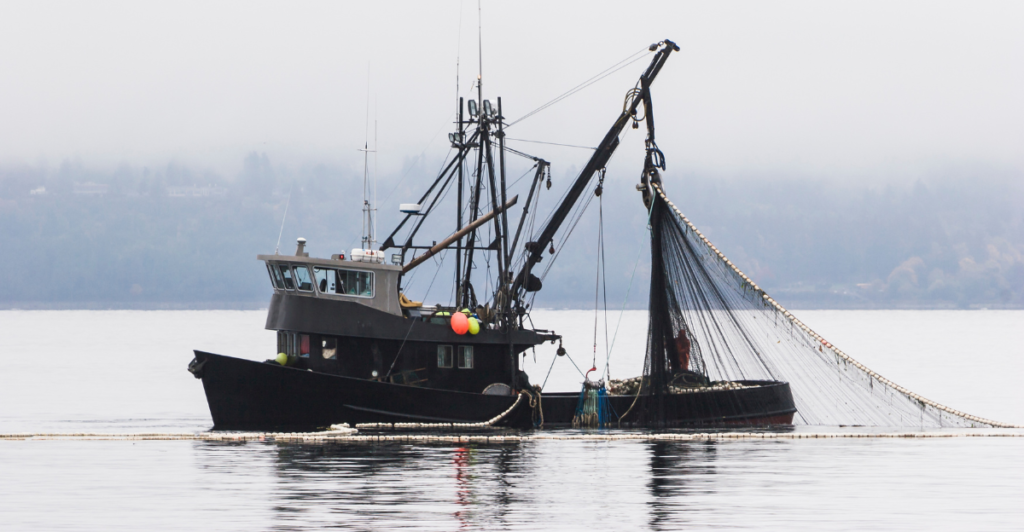
Finding a middle ground involves exploring compromise solutions that address conservation and economic concerns. These may include implementing sustainable fishing quotas, establishing marine reserves with regulated access, and investing in alternative livelihoods for affected communities. Collaborative decision-making and stakeholder engagement are vital to developing balanced and effective policies.
Navigating a Complex Issue
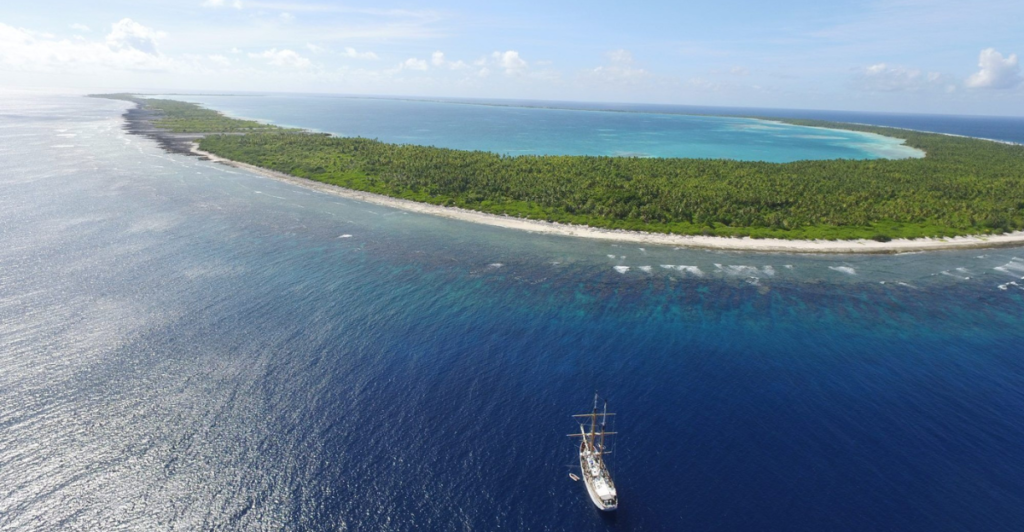
The debate over opening protected Pacific waters to tuna fishing encapsulates the challenges of balancing environmental conservation with economic and cultural interests.
As policymakers, scientists, and communities navigate this complex issue, it is essential to base decisions on comprehensive research, respect for cultural values, and a commitment to sustainable practices. Only through informed and inclusive approaches can solutions be found that honor both the ocean’s health and the livelihoods of those who depend on its resources.
Explore more of our trending stories and hit Follow to keep them coming to your feed!

Don’t miss out on more stories like this! Hit the Follow button at the top of this article to stay updated with the latest news. Share your thoughts in the comments—we’d love to hear from you!







